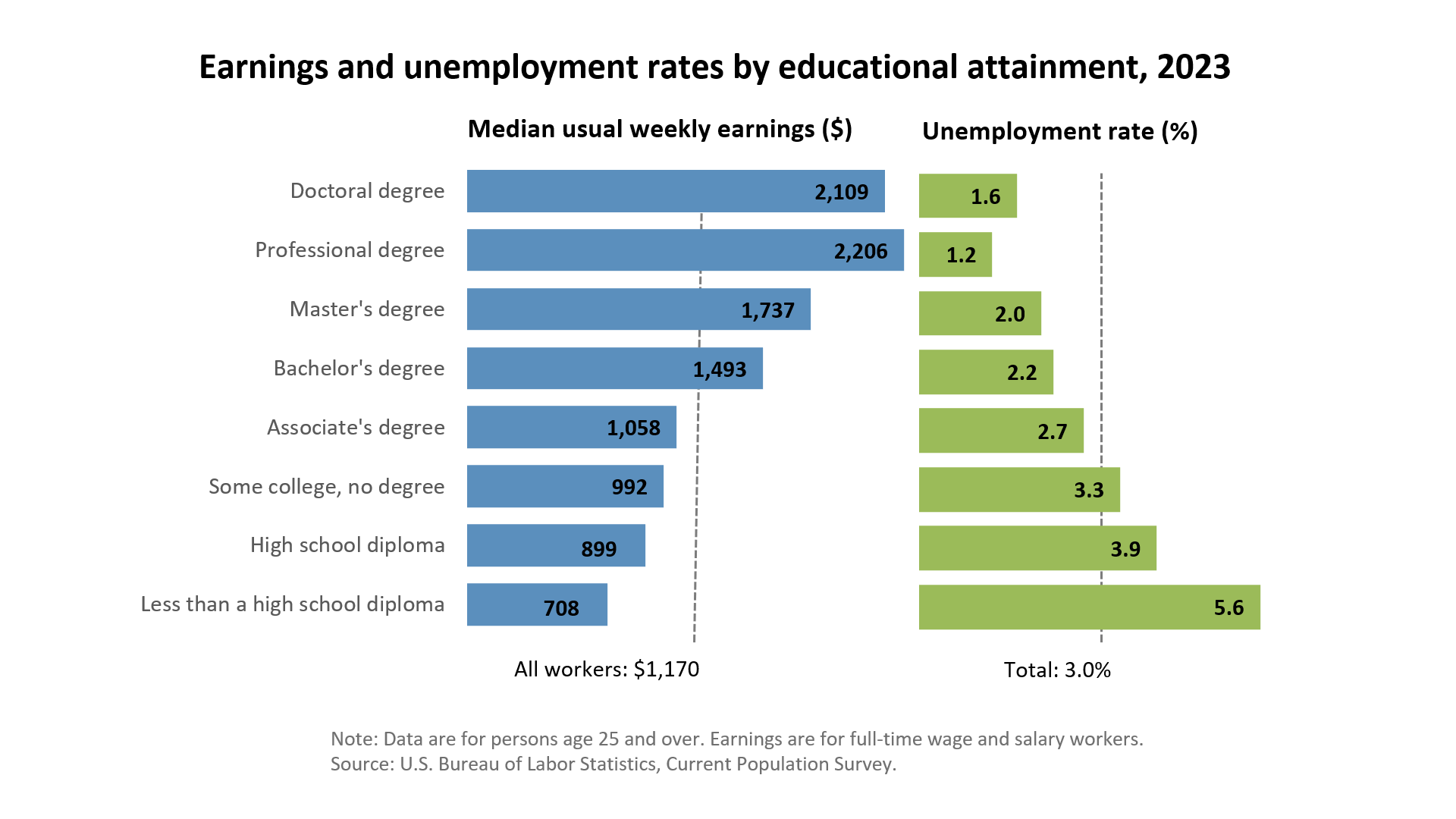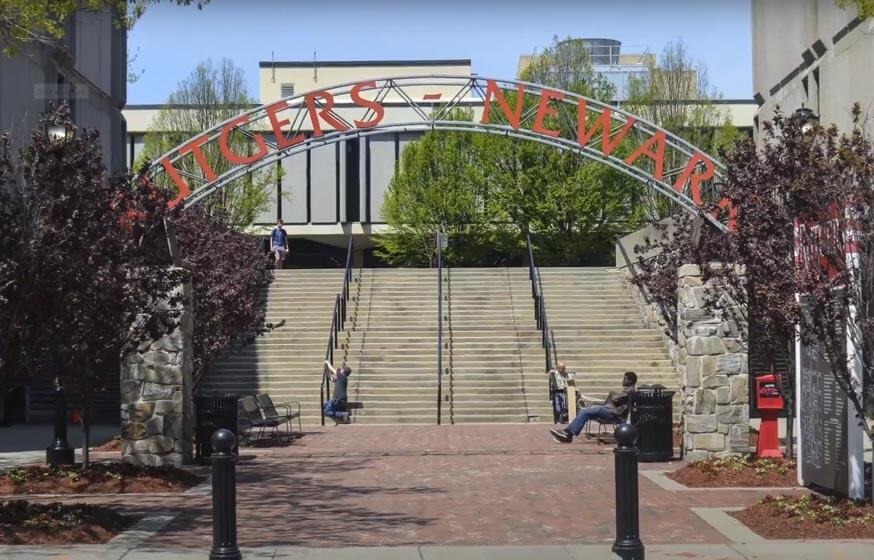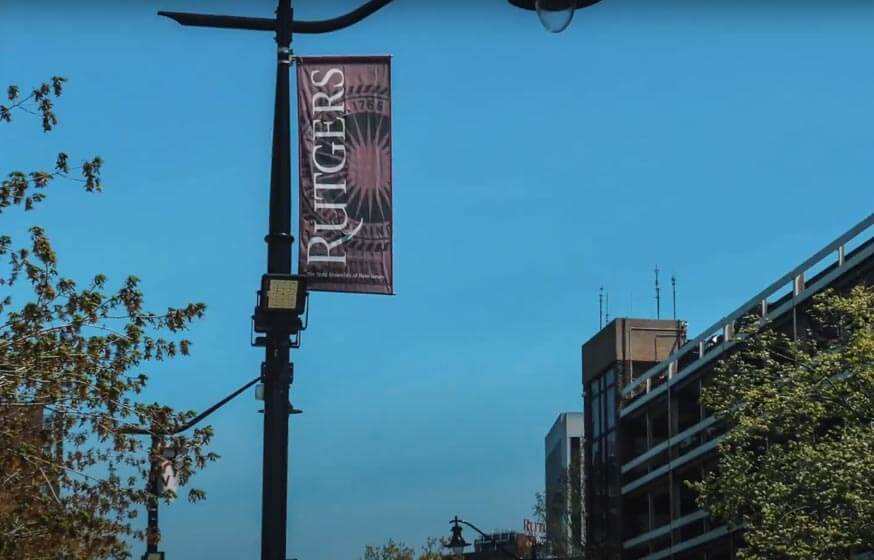University Headquarters (HQ) is an industry-leading, independent educational organization that provides independent college rankings using a proprietary formula to create first class unbiased rankings. The team at University HQ strives to provide accurate and trustworthy rankings that highlights the best programs.
Get Matched With Online Colleges
Rutgers University in Newark is a well-known educational institution. As a first-year student, you’ll begin taking classes that will challenge you and introduce you to new ideas. If you’ve already visited the campus, you’ll know that this school is large. It’s also immediately adjacent to the New Jersey Institute of Technology. When you leave the campus, you might use the Cathedral Basilica of the Sacred Heart as a landmark to help you navigate the area.
Search All Programs
Overview of Rutgers University-Newark
As you get to know the campus, you’ll see quite a few college students; there are around 12,000 enrolled each year. The student-to-faculty ratio is 13 to 1, which is comfortable for professors and students alike. You may still need to see them in their office or send an email rather than catching them after class, but their schedule shouldn’t be too full to accommodate you.
Rutgers University educates and confers awards ranging from bachelor’s all the way up to doctoral degrees (for professional practice and research/scholarship).
General Information
| School Type | Public |
|---|---|
| Campus Setting | City: Large |
| Campus Housing | Yes |
| Student Faculty Ratio | 13:1 |
| Graduation Rate | 69% |
| Year Founded | 1766 |

Student Enrollment
Total Students12,168
8,334
3,834
Undergraduate Student
Male 3,750
Female 4,584
Graduate Student
Male 1,725
Female 2,109
Explore Map
Top Rankings For Rutgers University-Newark
Admissions
APPLICATIONS14,456
ACCEPTANCE11,131
Acceptance Rate77%
Enrollment 1,336
| Admissions | |
|---|---|
| Application Fee | $70 |
| High School GPA | Required |
| High School Rank | Considered But Not Required |
| High School Transcripts | Required |
| College Prep Courses | Required |
| Recommendations | NA |
| SAT/ACT | Required |
| TOEFL (Test of English as a Foreign Language) | Required |
| Application Deadline | December 1 |
| Common Application Accepted | No |
Tuition Cost & Financial Aid
The total cost of schooling for a year is likely to be around $34,062. This includes tuition, books, supplies, room and board, lab fees, and other various costs. If you’re an out-of-state student, your total cost will be higher because of the increase in tuition for out-of-state students.
However, you and your family likely won’t have to pay every penny. Financial aid is there to help lighten the burden of financing a college degree. Once financial aid has been applied, the remaining cost for the student or family to pay is called the average net price. This was $11,364 in a recent academic year. Because financial aid is awarded based on your parent’s annual income, your average net price will change based on this. Families earning up to $30,000 tend to pay around $9,151 and families earning more than $110,001 pay around $24,347. You can see how income will affect what you are likely to pay after financial aid based on the difference.
Not quite all of the freshmen class was awarded financial aid. About 77% received $14,611 in grants and scholarships. A smaller number (51%) received $4,174 in institutional grants and scholarships.
| Average net price | 2020-2021 |
|---|---|
| Net Price | $11,364 |
| Average Total Aid | $13,039 |
| Students Receiving Financial Aid | 85% |
| Room & Board | $13,930 |
Sticker Price
- Tuition In-State - $15,208
- Tuition Out-of-State - $32,409
- Books and Supplies - $1,350
- Room & Board - $13,930
- Other - $3,574
Academics
No matter which school you attend, you may at times wonder just what you’ve gotten yourself into. Relax and just step back from your studies for a few minutes. You got this. If your high school grades and SAT/ACT scores hadn’t made the admissions committee happy, you wouldn’t be here. All beginning students ponder the question of whether to stay where they are or transfer to a different school. Should you decide to stay, you’re a part of a vital statistic that all schools keep. This is the retention rate, which, for Rutgers-Newark, is an excellent 86%. This tells the school, future students, and others how well the school is doing and indicates that the students feel that way as well.
The 4-year graduation rate is 40%, which is lower than the national average, but some students may need more time to complete their degree if they are attending part-time. The 6-year graduation rate is 69%, which is actually somewhat higher than the national average.
The most popular degree programs offered are business, management, marketing and related support services; psychology; homeland security, law enforcement, firefighting, and related protective services; public administration and social service professions; and biological and biomedical sciences.
Retention
Rate
4 year
Graduation
Rate
6 year
Graduation
Rate
Student Population Total
Student Population 12,168
8,334
3,834
Most Popular Programs & Majors
(# of Diplomas Awarded by Subject)
| All Business Majors | 665 Total Graduates / 34% |
|---|---|
| Accounting | 180 Graduates |
| Finance, General | 166 Graduates |
| Logistics, Materials, and Supply Chain Management | 134 Graduates |
| Marketing/Marketing Management, General | 74 Graduates |
| All Psychology Majors | 203 Total Graduates / 11% |
| Psychology, General | 203 Graduates |
| Homeland Security, Law Enforcement, Firefighting and Related Protective Services | 198 Total Graduates / 11% |
| Criminal Justice/Safety Studies | 198 Graduates |
| Public Administration and Social Service Professions | 176 Total Graduates / 10% |
| Social Work | 104 Graduates |
| Public Administration and Social Service Professions, Other | 72 Graduates |
| All Biological & Biomedical Majors | 163 Total Graduates / 9% |
| Biology/Biological Sciences, General | 159 Graduates |
| Neuroscience | 4 Graduates |
| All Other Diplomas | 21% |
Outcome & Salary
You’re done. After you graduate, you’ll be ready to walk into your first job. A graduate’s early-career salary is around $57,900 and their mid-career salaries average $101,800.
The 4-year cost of education using net price is $45,456, which is vital to know to figure out your return on investment (ROI). A graduate’s 10-year salary earnings potential is $762,430 and their 20-year earnings potential is $1,780,430. Wow! After subtracting the cost of education, your projected 10-year ROI is $716,974 and your 20-year projected ROI will be $1,479,404.
Compare this to the income of a high school graduate: the national average salary for those without a higher education is $38,792. Their 10-year projected income is $38,792 and their 20-year is $775,840.
| Graduates Salary | |
|---|---|
| College Grads Early Career Salary | $57,900 |
| College Grads Average Salary | $76,243 |
| College Grads Mid Career Salary | $101,800 |
| Return on Investment (ROI) | |
|---|---|
| 10 Year Salary Earnings Potential | $716,974 |
| 20 Year Salary Earnings Potential | $1,479,404 |
| Cost of Education (Net Price) 4 Year | $45,456 |
| 10 Year Projected ROI | $716,974 |
| 20 Year Projected ROI | $1,479,404 |
| No College Education Salary Comparison | |
|---|---|
| National Average Salary | $38,792 |
| 10 Year Projected Income | $387,920 |
| 20 Year Projected Income | $775,840 |

Related Top College Resources


























